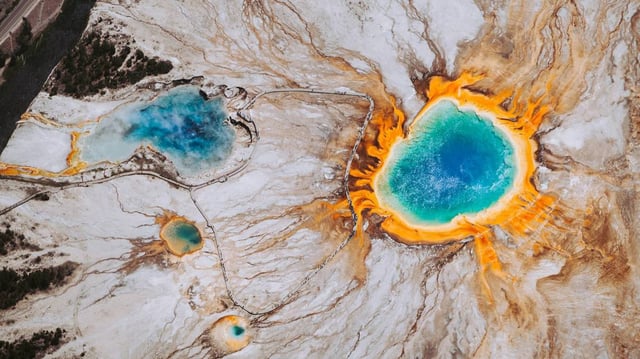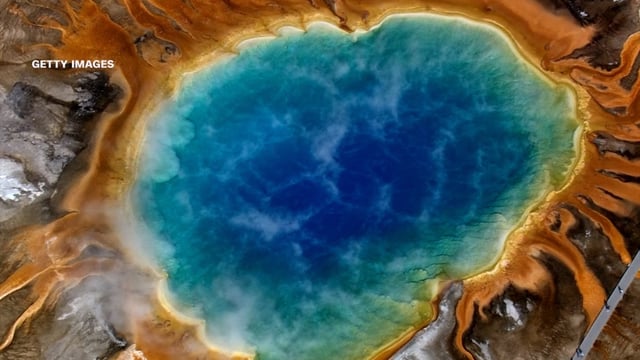Overview
- Researchers have confirmed the existence of a self-sealed magma cap beneath Yellowstone, which vents gas to stabilize pressure and reduce eruption risk.
- The cap lies 3.5–4 km below the surface and is composed of partially molten rock interspersed with gas bubbles, allowing gradual pressure release.
- Advanced seismic imaging techniques, including the use of a vibroseis truck, provided detailed mapping of the cap and its gas-venting behavior.
- Yellowstone’s magma reservoir remains dynamic but shows no signs of imminent activity, with an annual eruption probability estimated at 0.00014%.
- This discovery enhances understanding of volcanic systems and may inform hazard assessment for other volcanoes worldwide.

